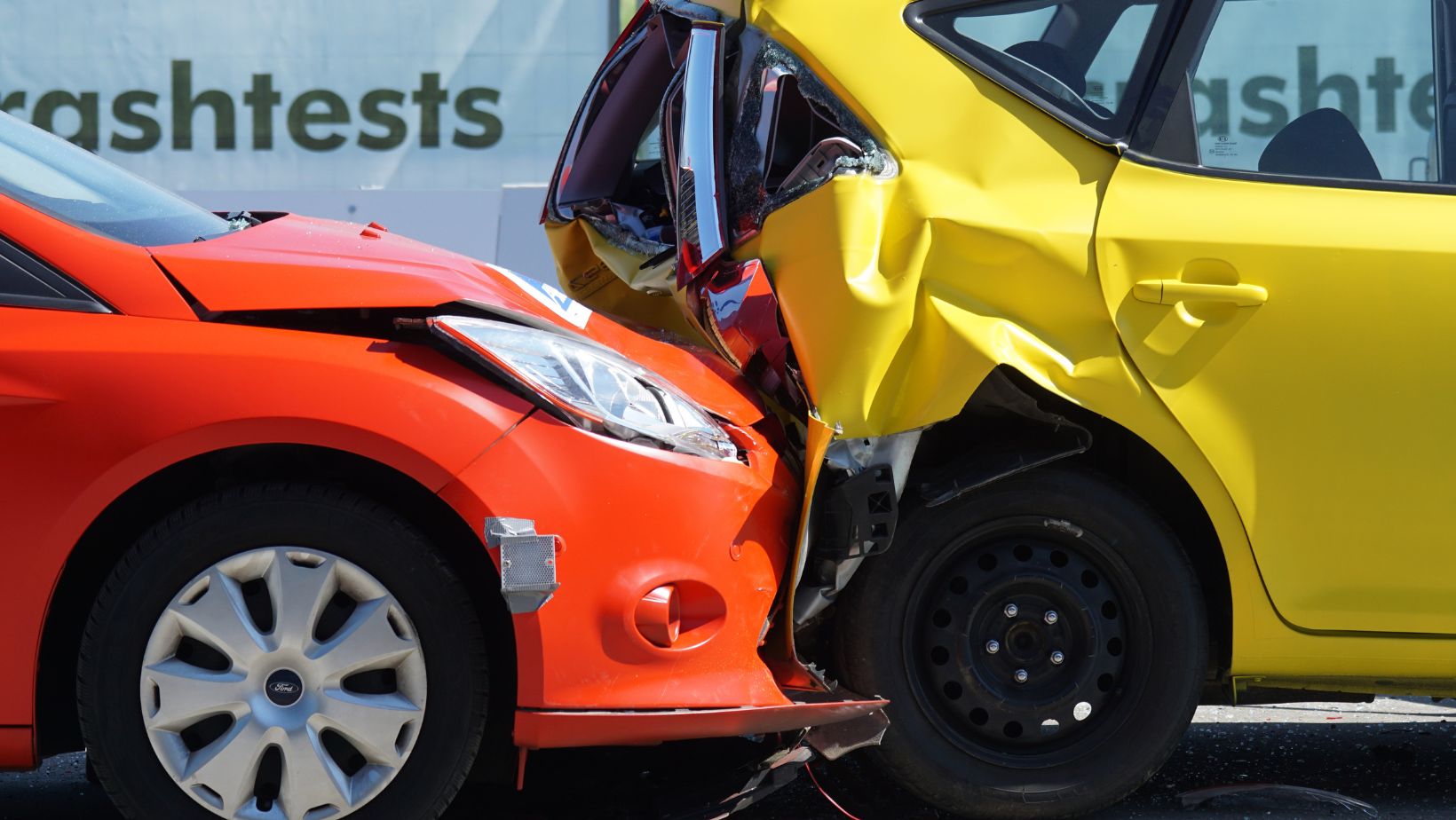
If you’ve ever driven in Florida, you might have heard about the no-fault law. This law affects what happens after a car accident. In fact, according to a recent study by the Florida Department of Motor Vehicles, about 400,000 car accidents occur in Florida each year.
Suppose you ever find yourself in a car accident in Clearwater. In that case, it’s important to understand how this law applies to your situation. You should also consider seeking advice from an experienced car accident attorney in Clearwater.
Understanding Florida’s No-Fault Law
Florida’s No-Fault Law means that after a car accident, each driver’s own insurance company pays for their medical bills and certain other expenses, regardless of who caused the accident. This is different from some other states, where the at-fault driver’s insurance company pays for the damages.
Under this law, every driver is required to have Personal Injury Protection (PIP) insurance. PIP covers medical expenses and, in some cases, lost wages and other expenses related to the accident, regardless of who was at fault. This coverage is often referred to as “no-fault” insurance because it applies regardless of who caused the accident.
Exceptions to the No-Fault Rule
While Florida’s no-fault law generally applies to all car accidents, there are some exceptions. One significant exception arises when a person sustains a serious injury due to an accident. In such cases, the injured party may have the option to file a lawsuit against the at-fault driver to seek additional damages beyond what is covered by PIP insurance.
Additionally, suppose the other driver involved in the accident is uninsured or underinsured. In that case, the injured party may be able to file a claim with their own insurance company for further compensation. These exceptions provide avenues for individuals to pursue additional remedies when the circumstances of the accident warrant it, ensuring that those who suffer severe injuries receive adequate support beyond the limitations of PIP coverage.
Benefits and Drawbacks of Florida’s No-Fault Insurance
No-fault insurance, like Florida’s system, has both benefits and drawbacks.
Benefits:
● Faster Compensation: Since each driver’s insurance company covers their own medical expenses, there’s no need to determine fault before receiving compensation. This can help injured parties receive the financial support they need more quickly, reducing the financial strain caused by medical bills and other expenses.
● Reduced Chances of Litigation: Without the need to prove fault in order to receive compensation for medical expenses, there’s less incentive for individuals to pursue legal action against other drivers. This can help streamline the claims process and reduce the burden on the court system.
● Coverage for Minor Injuries: No-fault insurance ensures that even minor injuries are covered, regardless of who caused the accident. This can provide peace of mind to drivers, knowing that they won’t have to worry about paying for medical expenses out of pocket for relatively minor injuries.
Drawbacks:
● Limited Compensation: PIP coverage typically has a cap, and if medical expenses exceed this limit, injured parties may be responsible for covering the remaining costs themselves.
● Lack of Accountability: Since each driver’s insurance company covers their own expenses, there may be less incentive for drivers to exercise caution and drive safely, knowing that they won’t be held financially responsible for accidents they cause.
● Complexity of Claims: While the system is designed to simplify the claims process, there may still be instances where injured parties face difficulties in obtaining the compensation they need.
Seeking Compensation Beyond PIP Coverage
The minimum PIP coverage requirement in Florida is $10,000, but it’s essential to recognize that this coverage may not be sufficient to cover all expenses in the event of a serious accident. In such times, seeking compensation beyond this threshold becomes imperative. This often involves pursuing legal action against the at-fault driver to recover additional damages such as pain and suffering, lost wages, and other non-economic losses.
To initiate this process, the injured party must file a lawsuit and prove the liability of the other driver by demonstrating their negligence or wrongful actions that directly led to the injuries. Evidence such as witness testimonies, police reports, medical records, and expert opinions is important to support the claim and secure fair compensation.












